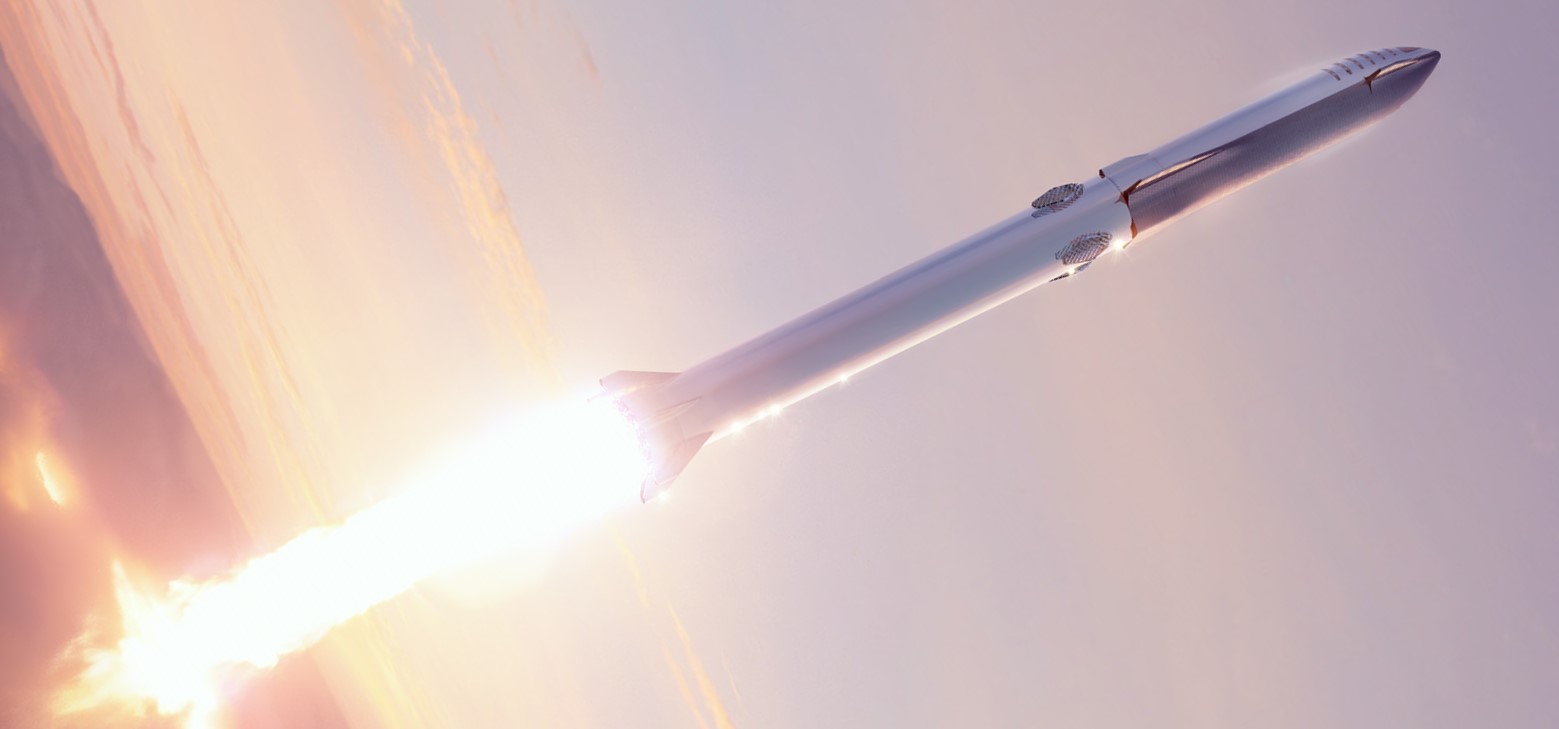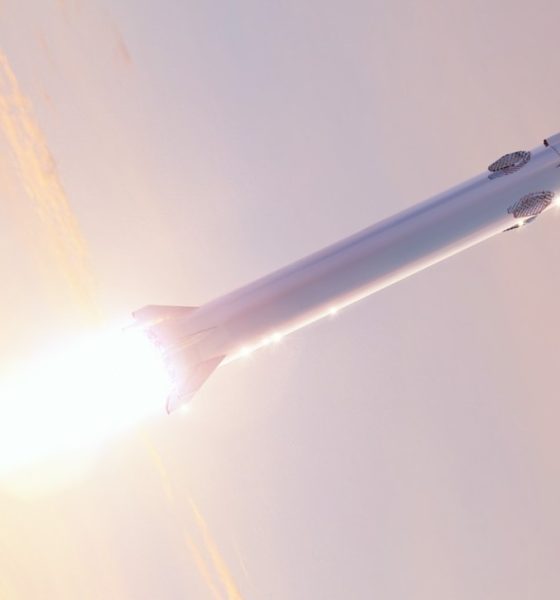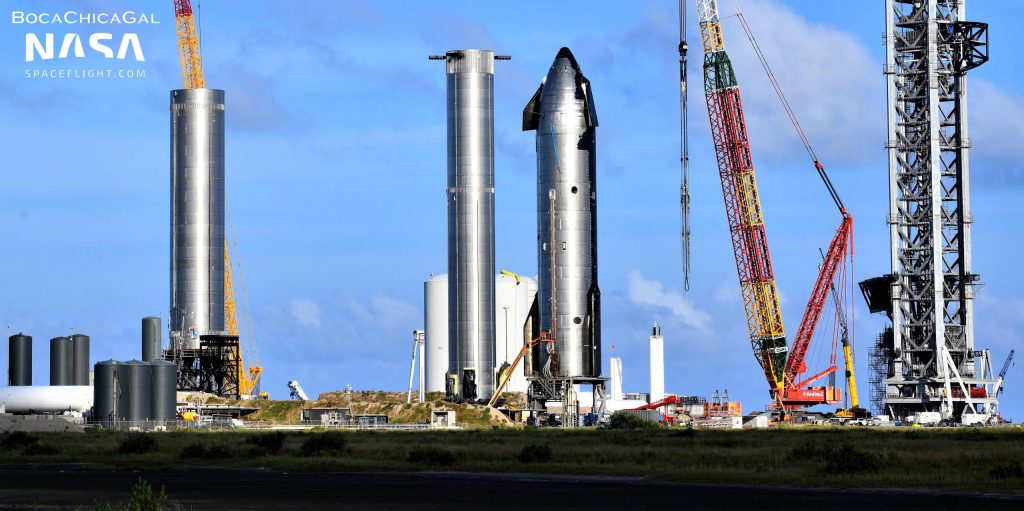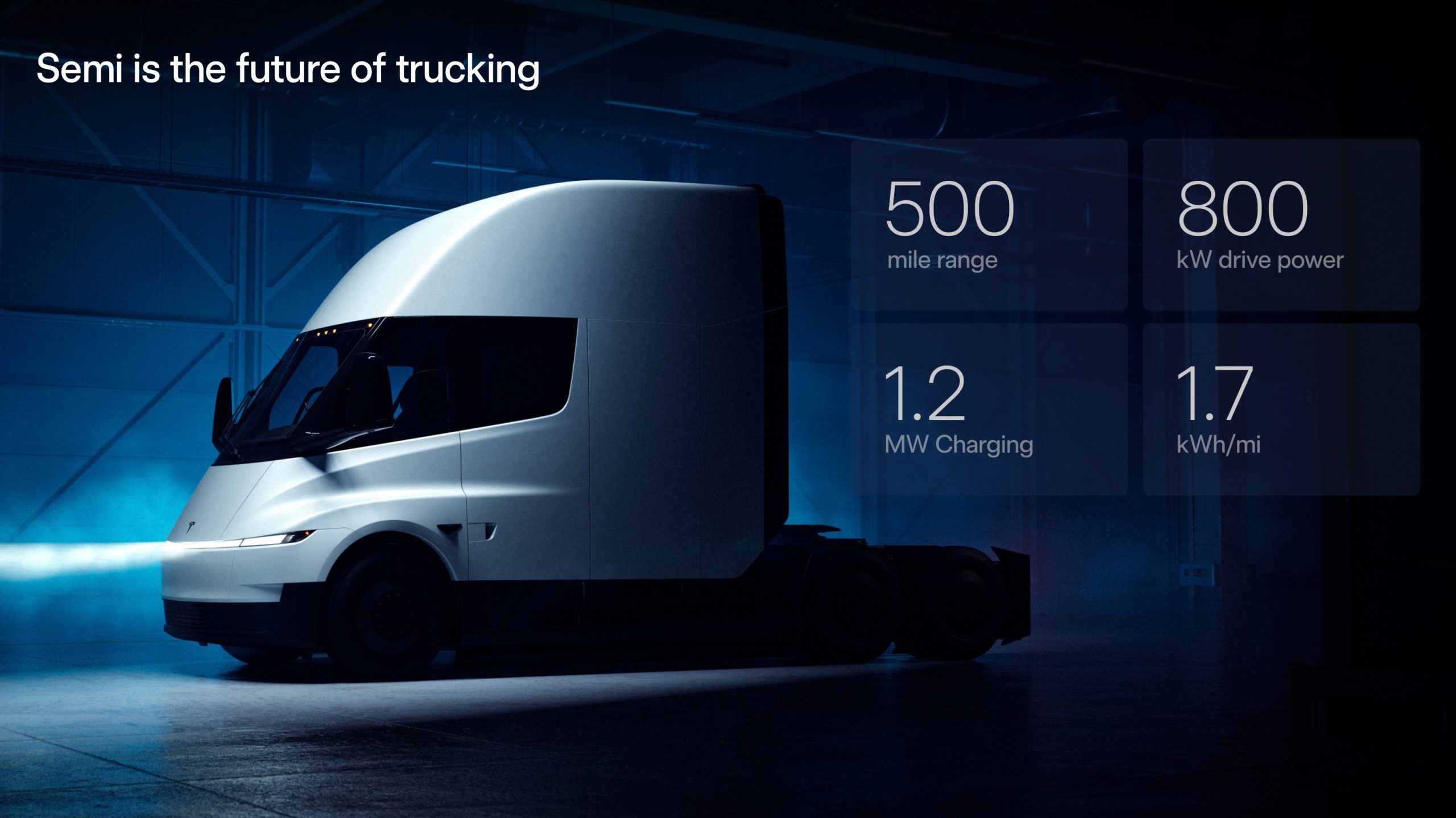

News
SpaceX’s first orbital Starship launch runs into more FAA delays
The US Federal Aviation Administration (FAA) says it’s at least two months behind schedule on an environmental review that must be completed before SpaceX will be allowed to attempt the first orbital Starship launch attempts.
In mid-November, the FAA revealed plans to complete SpaceX’s “SpaceX Starship/Super Heavy Launch Vehicle Program” programmatic environmental assessment (PEA) – a review that can be built upon down the road – by December 31st, 2021, officially delaying Starship’s first orbital launch attempt into 2022. Based on the lack of updates from the FAA and progress with the Starship and booster assigned to the mission, that delay was already largely expected, but the rare update nonetheless confirmed it with certainty. Now, less than a month and a half after the FAA announced its Dec 31st target, the agency has waited until three days before that estimated deadline to announce that it will take at least two more months to complete the review.
Somewhat insultingly, in its official statement on the delay, the FAA appears to attempt to implicate the review of “over 18,000 public comments” received during a comment period as a source of those delays. That six-week comment period ended on November 1st, weeks before the FAA published its first December 31st target date. In other words, for comment reviews to be responsible for any of the new delays, the FAA’s environmental compliance group would have had to underestimate the amount of work required to complete that process by at least 100% – not all that encouraging for an agency in which precision and accuracy are of the utmost importance.
“The FAA plans to issue the Final Programmatic Environmental Assessment (PEA) for the SpaceX Starship / Super Heavy project on Feb. 28, 2022. The previous target date was Dec. 31, 2021.
Under the oversight of the FAA, SpaceX is currently drafting responses for the over 18,000 public comments received on the Draft PEA and continues to prepare the Final PEA for the FAA’s review and acceptance. In addition, the FAA is continuing consultation and coordination with other agencies at the local, State and Federal level.
The environmental review is just one part of the FAA commercial space licensing process. SpaceX’s license application must also meet FAA safety, risk and financial responsibility requirements.”
The real delays, which the FAA acknowledges in much less detail, are likely the result of “continuing consultation and coordination with other agencies at the local, State, and Federal level [sic].” In the FAA’s defense, some of those delays may technically be out of its control if slow responses from other agencies are partly to blame. Nonetheless, it was the FAA’s decision to wait from November 2020 to June 2021 to actually proceed with SpaceX’s Starship environmental assessment, which the company officially began drafting in March 2021.
Had the FAA started work on the PEA in earnest several months prior, which appears to have been well within its power, SpaceX’s extremely limited orbital Starship PEA might already be complete, allowing the agency to begin ensuring that SpaceX “meet[s] FAA safety, risk and financial responsibility requirements.” If the process of securing a limited license for far less risky suborbital Starship launches is anything to go off of, securing a similar license for orbital Starship launches with 10-20 times the explosive potential could be an agonizing months-long ordeal. It’s ambiguous if the FAA is already deep into that process or if it’s waiting for a complete, approved PEA to begin work on Starship’s first orbital launch license.

Regardless, the fact remains that it’s no longer clear if the FAA’s delays or poor schedule estimates will actually delay Starship’s first orbital launch attempt. Originally said to be no earlier than July 2021 and almost every subsequent month since by Elon Musk, the CEO’s most recent estimate was January or February 2022. According to a relevant NASA research project published a month prior to Musk’s estimate, the space agency anticipated Starship’s orbital launch debut no earlier than March 2022. Now that the FAA doesn’t expect to complete Starship’s orbital-class PEA before February 28th, 2022, March or April 2022 appears to be a more accurate NET.
That will give SpaceX another three months at minimum to – just maybe – finally complete Super Heavy B4’s aft assembly, qualify and fill the methane side of Starbase’s orbital-class tank farm, perform several unprecedentedly ambitious wet dress rehearsals and static fires, really make sure Ship 20 is ready for flight, and activate the orbital launch tower’s massive ‘chopstick’ arms – meant to eventually catch rockets out of the air but also necessary for SpaceX to install Starship on top of Super Heavy.

News
Tesla Cybercab tests are going on overdrive with production-ready units
Tesla is ramping its real-world tests of the Cybercab, with multiple sightings of the vehicle being reported across social media this week.

Tesla is ramping its real-world tests of the Cybercab, with multiple sightings of the autonomous two-seater being reported across social media this week. Based on videos of the vehicle that have been shared online, it appears that Cybercab tests are underway across multiple states.
Recent Cybercab sightings
Reports of Cybercab tests have ramped this week, with a vehicle that looked like a production-ready prototype being spotted at Apple’s Visitor Center in California. The vehicle in this sighting was interesting as it was equipped with a steering wheel. The vehicle also featured some changes to the design of its brake lights.
The Cybercab was also filmed testing at the Fremont factory’s test track, which also seemed to involve a vehicle that looked production-ready. This also seemed to be the case for a Cybercab that was spotted in Austin, Texas, which happened to be undergoing real-world tests. Overall, these sightings suggest that Cybercab testing is fully underway, and the vehicle is really moving towards production.
Production design all but finalized?
Recently, a near-production-ready Cybercab was showcased at Tesla’s Santana Row showroom in San Jose. The vehicle was equipped with frameless windows, dual windshield wipers, powered butterfly door struts, an extended front splitter, an updated lightbar, new wheel covers, and a license plate bracket. Interior updates include redesigned dash/door panels, refined seats with center cupholders, updated carpet, and what appeared to be improved legroom.
There seems to be a pretty good chance that the Cybercab’s design has been all but finalized, at least considering Elon Musk’s comments at the 2025 Annual Shareholder Meeting. During the event, Musk confirmed that the vehicle will enter production around April 2026, and its production targets will be quite ambitious.
News
Tesla gets a win in Sweden as union withdraws potentially “illegal” blockade
As per recent reports, the Vision union’s planned anti-Tesla action might have been illegal.

Swedish union Vision has withdrawn its sympathy blockade against Tesla’s planned service center and showroom in Kalmar. As per recent reports, the Vision union’s planned anti-Tesla action might have been illegal.
Vision’s decision to pull the blockade
Vision announced the blockade in early December, stating that it was targeting the administrative handling of Tesla’s facility permits in Kalmar municipality. The sympathy measure was expected to start Monday, but was formally withdrawn via documents sent to the Mediation Institute and Kalmar Municipality last week.
As noted in a Daggers Arbete report, plans for the strike were ultimately pulled after employer group SKR highlighted potential illegality under the Public Employment Act. Vision stressed its continued backing for the Swedish labor model, though Deputy negotiation manager Oskar Pettersson explained that the Vision union and IF Metall made the decision to cancel the planned strike together.
“We will not continue to challenge the regulations,” Petterson said. “The objection was of a technical nature. We made the assessment together with IF Metall that we were not in a position to challenge the legal assessment of whether we could take this particular action against Tesla. Therefore, we chose to revoke the notice itself.”
The SKR’s warning
Petterson also stated that SKR’s technical objection to the Vision union’s planned anti-Tesla strike framed the protest as an unauthorized act. “It was a legal assessment of the situation. Both for us and for IF Metall, it is important to be clear that we stand for the Swedish model. But we should not continue to challenge the regulations and risk getting judgments that lead nowhere in the application of the regulations,” he said.
Vision ultimately canceled its planned blockade against Tesla on December 9. With Vision’s withdrawal, few obstacles remain for Tesla’s long-planned Kalmar site. A foreign electrical firm completed work this fall, and Tesla’s Careers page currently lists a full-time service manager position based there, signaling an imminent opening.
News
Tesla Semi program Director teases major improvements

Tesla Semi Program Director Dan Priestly teased the major improvements to the all-electric Class 8 truck on Thursday night, following the company’s decision to overhaul the design earlier this year.
Priestley said he drove the Semi on Thursday, and the improvements appear to be welcomed by one of the minds behind the project. “Our customers are going to love it,” he concluded.
Just drove the redesigned Semi. Our customers are going to love it. https://t.co/KZ88sf1CDL
— Dan Priestley (@danWpriestley) December 19, 2025
The small detail does not seem like much, but it is coming from someone who has been involved in the development of the truck from A to Z. Priestley has been involved in the Semi program since November 2015 and has slowly worked his way through the ranks, and currently stands as the Director of the program.
Tesla Semi undergoes major redesign as dedicated factory preps for deliveries
Tesla made some major changes to the Semi design as it announced at the 2025 Annual Shareholder Meeting that it changed the look and design to welcome improvements in efficiency.
Initially, Tesla adopted the blade-like light bar for the Semi, similar to the one that is present on the Model Y Premium and the Cybertruck.
Additionally, there are some slight aesthetic changes to help with efficiency, including a redesigned bumper with improved aero channels, a smaller wraparound windshield, and a smoother roofline for better aero performance.
All of these changes came as the company’s Semi Factory, which is located on Gigafactory Nevada’s property, was finishing up construction in preparation for initial production phases, as Tesla is planning to ramp up manufacturing next year. CEO Elon Musk has said the Semi has attracted “ridiculous demand.”
The Semi has already gathered many large companies that have signed up to buy units, including Frito-Lay and PepsiCo., which have been helping Tesla test the vehicle in a pilot program to test range, efficiency, and other important metrics that will be a major selling point.
Tesla will be the Semi’s first user, though, and the truck will help solve some of the company’s logistics needs in the coming years.








